Research Research Highlights
Research Highlights
Research Highlights
Research Highlights
Research Highlights 미리보기
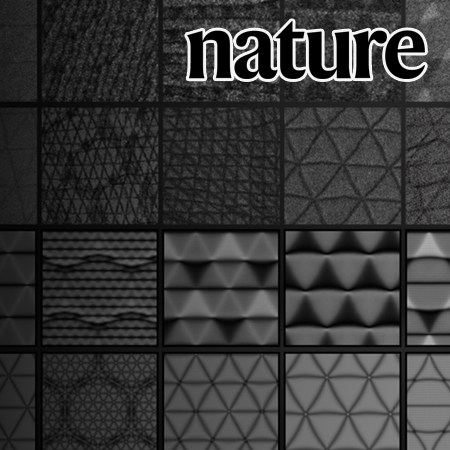
Professor Hyobin Yoo’s Research Team at SNU Develops 2D Quantum Material Platform Using Moiré Lattice Superposition
Prof. Hyobin Yoo
Seoul National University College of Engineering has announced that a joint research team led by Professor Hyobin Yoo from the Department of Materials Science and Engineering, in collaboration with Professor Young-Woo Son (Korea Institute for Advanced Study) and Professor Changwon Park (Ewha Womans University), has successfully developed a two-dimensional (2D) quantum material platform through the superposition of moiré lattices.
Research Highlights Board
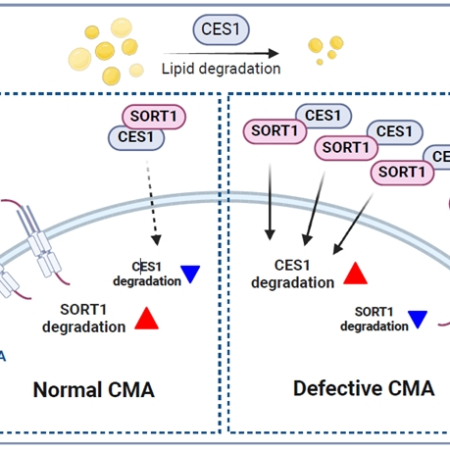
Impaired chaperone-mediated autophagy leads to abnormal SORT1 (sortilin 1) turnover and CES1-dependent triglyceride hydrolysis
Prof. Byung-Hoon Lee
SORT1 (sortilin 1), a member of the the Vps10 (vacuolar protein sorting 10) family, is involved in hepatic lipid metabolism by regulating very low-density lipoprotein (VLDL) secretion and facilitating the lysosomal degradation of CES1 (carboxylesterase 1), crucial for triglyceride (TG) breakdown in the liver.
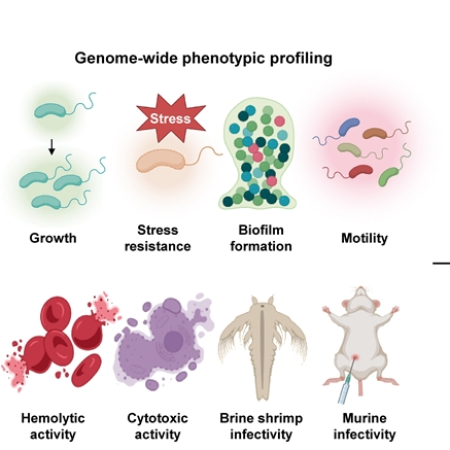
Genome-wide phenotypic profiling of transcription factors and identification of novel targets to control the virulence of Vibrio vulnificus
Prof. Sang Ho Choi
Professor Choi’s research team at SNU has identified the Vibrio vulnificus transcription factors at a genome-wide scale and characterized their functions comprehensively, proposing novel targets to control the pathogen.
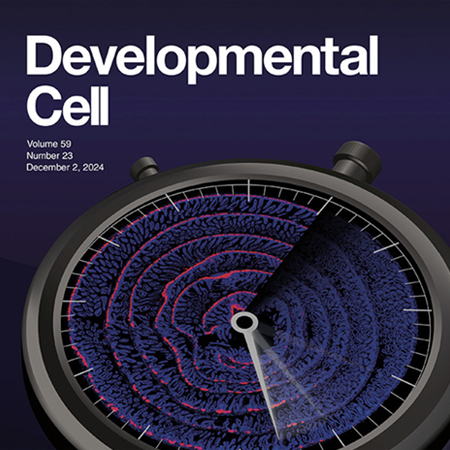
Dual function of PHF16 in reinstating homeostasis of murine intestinal epithelium after crypt regeneration
Prof. Sung Hee Baek
Professor Sunghee Baek's team at SNU identified PHF16 as key to intestinal homeostasis after injury. PHF16 restores the epithelium by activating RAR/RXR target genes via HBO1 histone acetylation and suppressing YAP/TAZ via CDC73 ubiquitination. Its role offers insights for gut repair therapies.
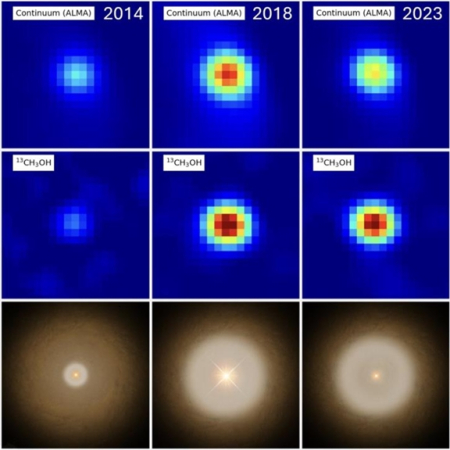
A Natural Laboratory for Astrochemistry: The Variable Protostar B335
Prof. Jeong-Eun Lee
Emission lines from complex organic molecules in B335 were observed in four epochs, spanning a luminosity burst of about 10 years duration. The emission lines increased dramatically in intensity as the luminosity increased, but they have decreased only slightly as the luminosity has decreased.
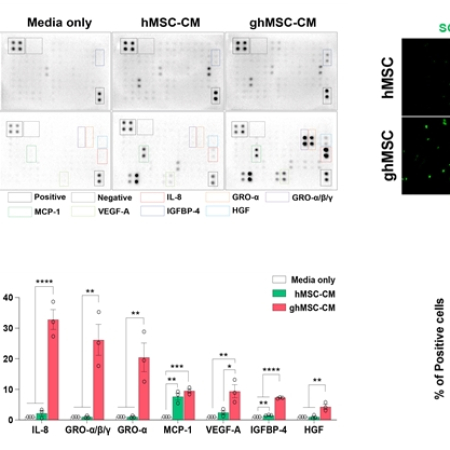
Neuroplasticity-enhancing therapy using glia-like cells derived from human mesenchymal stem cells for the recovery of sequelae of cerebral infarction
Prof. Mi-Sook Chang
Despite a dramatic increase in ischemic stroke incidence worldwide, effective therapies for attenuating sequelae of cerebral infarction are lacking. This study investigates the use of human mesenchymal stem cells (hMSCs) induced toward glia-like cells (ghMSCs) to ameliorate chronic sequelae resulting from cerebral infarction.
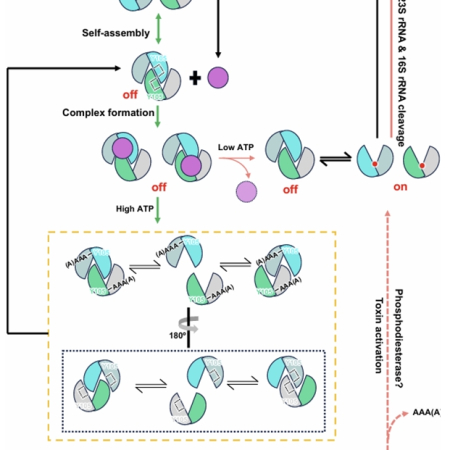
Structural insight into the distinct regulatory mechanism of the HEPN-MNT toxin-antitoxin system in Legionella pneumophila
Prof. Byung Woo Han
HEPN-MNT, a type VII TA module, comprises the HEPN toxin and the MNT antitoxin, which acts as a nucleotidyltransferase that transfers the NMP moiety to the corresponding HEPN toxin, thereby interfering with its toxicity.
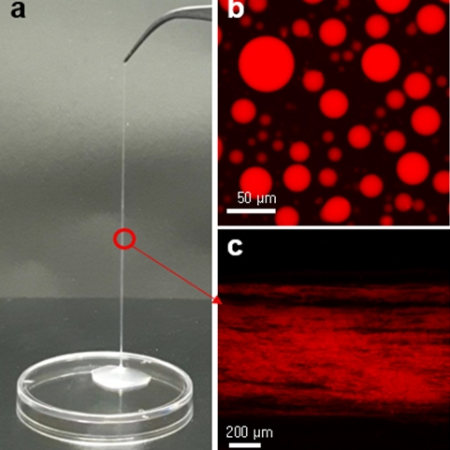
Calcium ion-triggered liquid-liquid phase separation of silk fibroin and spinning through acidification and shear stress
Prof. Ki Hoon Lee
Professor Ki Hoon Lee's research team from the Department of Agriculture, Forestry, and Bioresources at SNU developed a biomimetic spinning process by leveraging silk fibroin's liquid-liquid phase separation, followed by acidification and shear force to produce fibers.
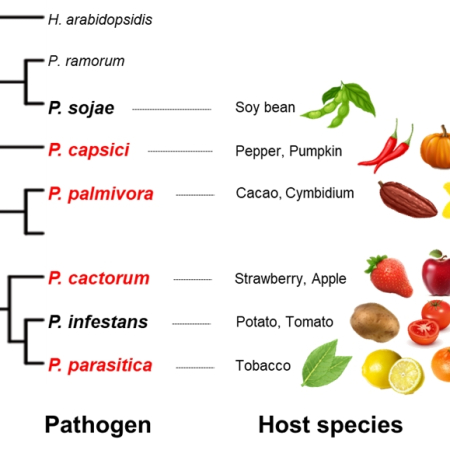
Conserved effector families render Phytophthora species vulnerable to recognition by NLR receptors in nonhost plants
Prof. Doil Choi
Prof. Doil Choi and research team identified multiple resistance genes against various Phytophthora pathogens that threat wide-range of important crop species
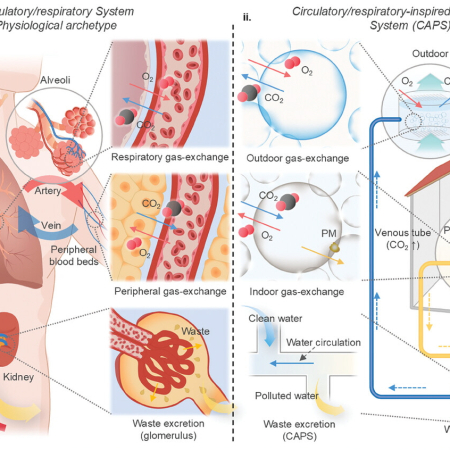
Professor Seung Hwan Ko's Research Team at Seoul National University Develops Filter-Free Microbubble Air Purification System
Professor Seung Hwan Ko
Seoul National University College of Engineering announced that a research team led by Professor Seung Hwan Ko from the Department of Mechanical Engineering has developed an eco-friendly air purification system using microbubble filters instead of conventional solid filters.
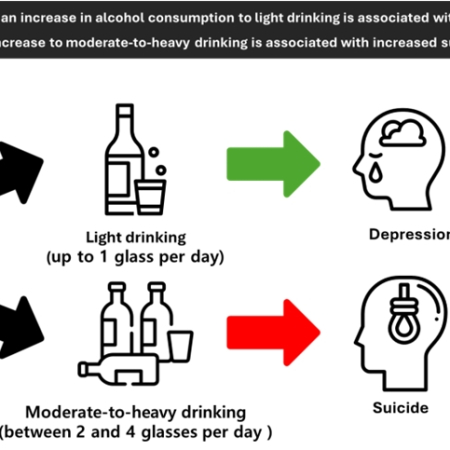
Associations of Changes in Alcohol Consumption on the Risk of Depression/Suicide Among Initial Nondrinkers
Prof. Sang Min Park
Although prior studies showed the association between the amount of alcohol ingestion and the risk of depression and suicide, there has been a lack of research considering changes in alcohol intake over time.
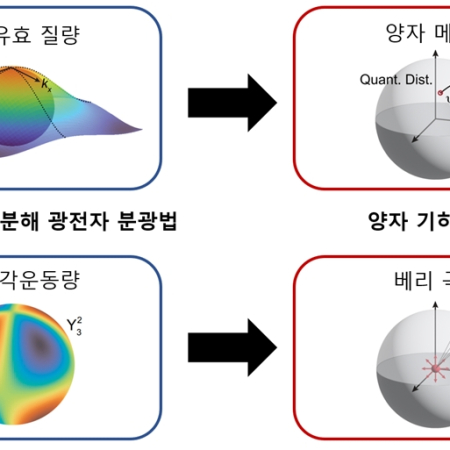
Measurements of the quantum geometric tensor in solids
Prof. Bohm-Jung Yang
Understanding the geometric properties of quantum states and their implications in fundamental physical phenomena is a core aspect of contemporary physics.
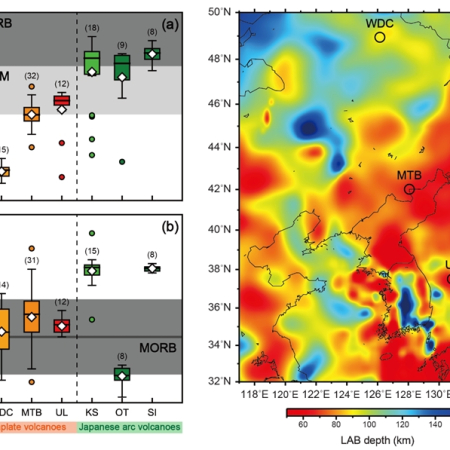
Water and gas geochemistry of springs in Ulleungdo volcano, South Korea: Implications for degassing of upper mantle-derived volatiles in Northeast Asia
Prof. Hyunwoo Lee
Ulleungdo, a volcanic island located in the back-arc basin (East Sea/Sea of Japan) of the Japanese arc, is one of the Cenozoic intraplate volcanoes in Northeast (NE) Asia.

